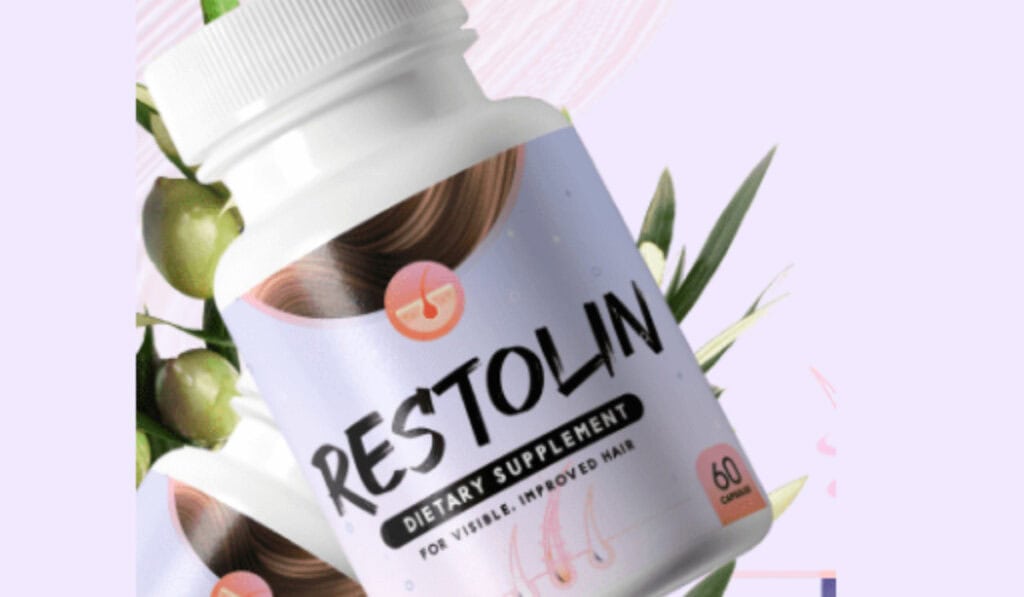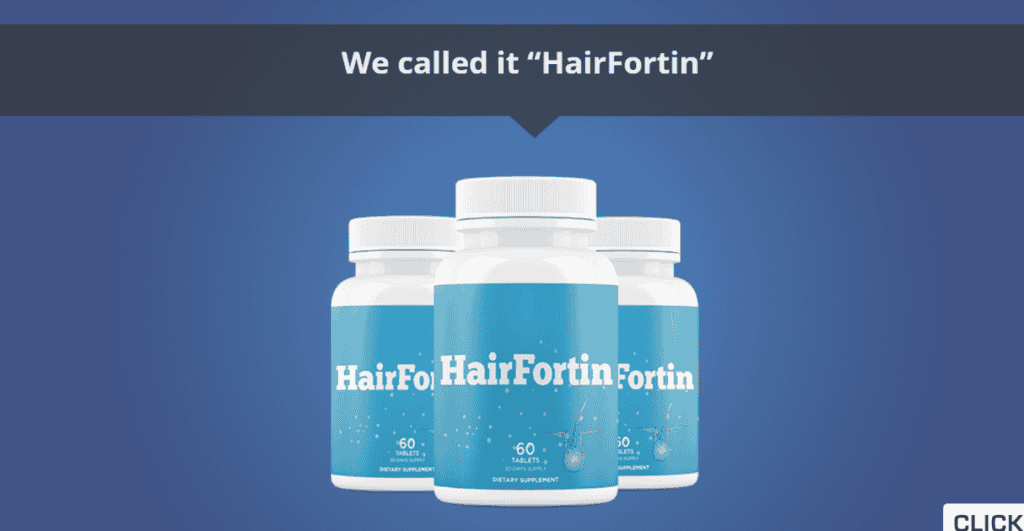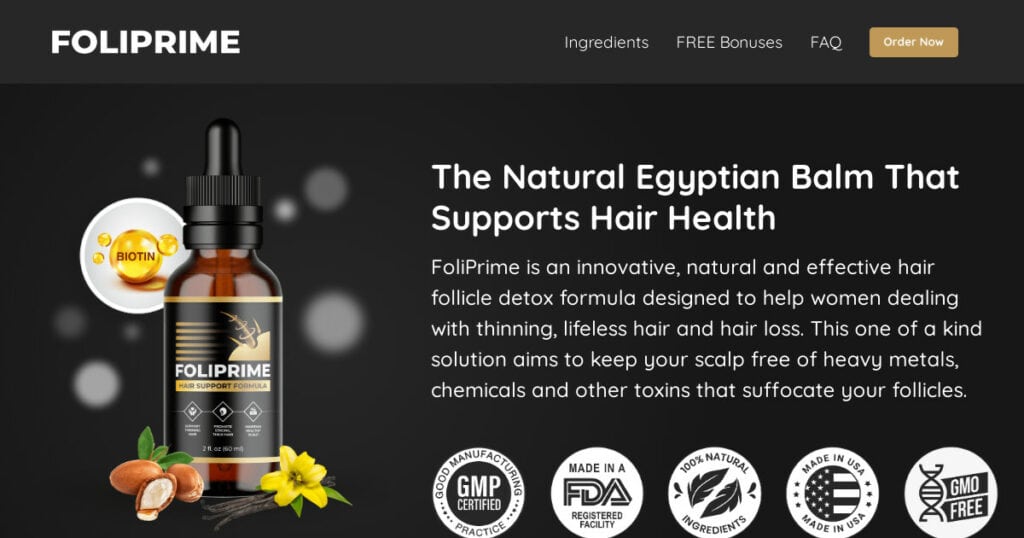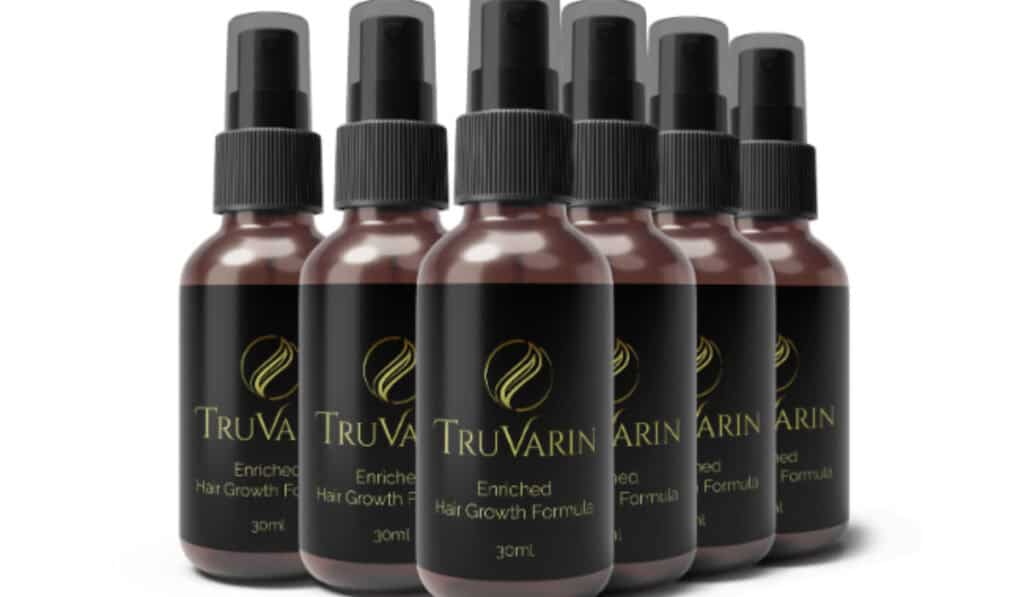A Comprehensive Guide
Embarking on the journey to prevent hair loss starts with understanding and implementing a solid hair care routine. It involves selecting the right shampoo and conditioner, incorporating dry shampoo for those in-between days, and not forgetting the role of scalp serums in maintaining a healthy scalp. Tips from board-certified dermatologists emphasize the significance of addressing the root of the problem, which often lies in daily routine mishaps and nutritional gaps. Achieving healthy hair is a balanced act between science-backed products and natural care techniques, catering to both male and female needs.
A healthy diet rich in amino acids plays a pivotal role in nourishing your hair from the inside out, alongside medically reviewed hair care products that suit your hair type. By integrating these practices into your daily routine, you’re not just preventing hair loss but also fostering an environment for your hair to thrive. Remember, the right conditioners, gentle handling of wet hair with a microfiber towel, and minimal use of flat irons can make a significant difference in your hair’s health and appearance.
Unveiling the Causes of Hair Loss
Hair loss can stem from a variety of causes, with alopecia areata, traction alopecia, and centrifugal cicatricial alopecia being among the most common types. These conditions highlight the effects of nutrient deficiency and the negative impact of hairstyles that pull on the scalp. Vitamin E plays a crucial role in combating these issues, underscoring the importance of addressing the root causes to effectively prevent and treat hair loss.
Analyzing Risk Factors and Prevention Strategies
Understanding the risk factors that contribute to hair loss is key to developing effective prevention strategies. By identifying and mitigating these risks early on, you can significantly reduce the chance of experiencing hair loss. This approach involves a comprehensive evaluation of your lifestyle, diet, and hair care practices to ensure you’re providing the best possible environment for hair growth and retention.
The Impact of Diet and Nutrition on Hair Health
Your diet plays a fundamental role in maintaining the health of your hair. Vitamin deficiencies, particularly a lack of vitamin C, can lead to weakened strands and increased hair loss. Incorporating a balanced diet rich in essential nutrients supports hair strength, growth, and overall health, making it a critical component of any hair care routine aimed at preventing hair loss.
Essential Steps in a Hair Care Routine to Prevent Loss
To protect your hair from loss, it’s crucial to follow a few essential steps consistently. Begin by washing your hair with gentle, hydrating shampoos that remove buildup without stripping your scalp of its natural oils. After shampooing, thoroughly rinse your hair to ensure no residue is left behind. Additionally, using a microfiber towel to dry your hair gently can help minimize damage and reduce the likelihood of breaking and shedding, addressing the removal of dead skin cells without harsh scrubbing.
Opting for Gentle Shampoos Suitable for Your Hair Type
Choosing the right shampoo is foundational in any hair care routine aimed at preventing loss. Opt for formulas that are gentle yet effective at cleansing the scalp and hair, removing dirt and excess oils without causing dryness. Shampoos tailored to your specific hair type and concerns can make a significant difference in maintaining the health and integrity of your hair.
The Importance of Regular Conditioning
Conditioning your hair regularly is essential for keeping it hydrated, strong, and resistant to breakage. Conditioners play a vital role in replenishing moisture and nutrients lost during the shampooing process, leaving your hair soft, manageable, and better protected against external stresses.
Choosing the Right Conditioner for Your Scalp and Hair Type
It’s important to select a conditioner that matches your scalp and hair type. Whether you have dry, oily, or sensitive scalp, there’s a conditioner formula designed to meet your specific needs. This targeted approach ensures that your hair receives the right level of hydration and nourishment, without weighing it down or causing buildup, thereby contributing to a healthy environment for hair growth and retention.
The Significance of Scalp Care in Hair Loss Prevention
Effective scalp care is at the heart of preventing hair loss. A healthy scalp fosters the right conditions for hair growth by ensuring the follicles are clean, well-nourished, and free from inflammation. Incorporating a scalp serum into your routine can help address specific issues such as dryness or excess oil production, keeping the scalp in optimal condition for hair health.
Scalp Massage: A Natural Method to Stimulate Hair Growth
Scalp massage is a proven technique to stimulate hair growth. Regularly massaging your scalp can help to improve circulation, bringing more nutrients and oxygen to the hair follicles. Research shows that using a circular motion to gently massage the scalp can also reduce stress levels, which are often linked to hair loss. This simple, natural method can be particularly beneficial for conditions like scalp psoriasis, where improved scalp health is essential.
Integrating Essential Oils into Your Scalp Treatment Plan
Essential oils can play a significant role in your scalp treatment plan. Oils such as lavender and rosemary not only soothe the scalp but also promote the growth cycle of hair by reducing oxidative stress and potentially preventing telogen effluvium. Integrating these essential oils into your routine can enhance scalp health and contribute to overall hair wellness.
Lavender and Rosemary: Top Picks for Enhancing Scalp Health
Lavender and rosemary oils are top picks for enhancing scalp health due to their natural properties that support hair growth and scalp wellness. Lavender oil is known for its ability to soothe and calm the scalp, while rosemary oil has been shown to improve circulation, which is vital for stimulating hair growth. Incorporating these oils into your scalp care routine can provide a natural boost to your efforts to maintain a healthy, nourished scalp.
Styling Without Sacrificing Hair Health
Styling your hair doesn’t have to come at the cost of its health. By choosing hairstyles that minimize tension on hair follicles and avoiding high-heat styling tools, you can keep your hair looking great without contributing to hair loss. Protecting your hair from sun damage is also crucial, as UV exposure can weaken hair and exacerbate loss. Opting for cooler styling methods and protective hairstyles can make a significant difference in preserving your hair’s strength and vitality.
Avoiding High-Heat Styling Tools to Protect Your Hair
High-heat styling tools, such as flat irons and blow dryers, can be particularly damaging to your hair, leading to breakage, dryness, and eventual hair loss. To prevent these issues, limit the use of these tools and consider alternatives like air drying or using cooler settings. When heat styling is necessary, applying a leave-in treatment can help protect your hair from damage, keeping knots and tangles at bay and reducing the risk of hair loss.
Selecting Hairstyles That Minimize Tension on Hair Follicles
Choosing hairstyles that minimize tension and stress on your hair follicles is crucial for preventing hair loss. Tight ponytails, braids, and other styles that pull on the scalp can lead to traction alopecia, a form of hair loss resulting from constant tension. Opt for looser hairstyles that allow your scalp to breathe and your hair to rest naturally, reducing the risk of damage and promoting healthier hair growth.
Advanced Hair Loss Prevention Techniques
Exploring advanced hair loss prevention techniques is crucial for those looking to maintain their hair’s health. Conditions like alopecia areata, traction alopecia, and centrifugal cicatricial alopecia highlight the importance of addressing the root causes of hair loss. Understanding the effects of nutrient deficiency and supplementing with vitamin E can help nourish the scalp and hair from within. Additionally, avoiding hairstyles that pull tightly on the hair can prevent conditions like traction alopecia. Embracing these advanced techniques, alongside using appliances on the lowest heat setting, can significantly reduce hair loss risks.
The Role of Supplements in Nourishing Hair from Within
Supplements play a vital role in nourishing hair from within, especially when diet alone falls short. Incorporating vitamin E supplements can significantly improve hair health by combating the effects of nutrient deficiency. It acts as an antioxidant, supporting the scalp and providing a strong foundation for hair growth. Regular intake of such supplements, under the guidance of a healthcare provider, can create a noticeable difference in the vitality and strength of your hair, making it an essential step in preventing hair loss.
Exploring Low-Level Light Therapy as a Modern Solution
Low-level light therapy (LLLT) is emerging as a modern solution for men and women battling hair loss. This non-invasive treatment uses therapeutic light to stimulate cell growth and rejuvenate hair follicles, promoting hair growth and thickness. Its effectiveness for both men and women makes LLLT a versatile option in the fight against hair loss, offering a hopeful avenue for those seeking to enhance their hair’s health without resorting to more invasive procedures.
Special Considerations for Different Populations
Different populations face unique challenges when it comes to hair loss, necessitating tailored approaches to hair care. Factors such as hormonal changes, genetics, and lifestyle choices play significant roles in hair health, requiring customized strategies to address these specific needs effectively. Understanding these distinctions is key to developing the most effective hair care routines for preventing hair loss across diverse groups.
Tailoring Hair Care Routines for Men and Women
Men and women experience hair loss differently, demanding tailored hair care routines to address their unique needs. For men, focusing on scalp health and addressing male-pattern baldness with targeted treatments can be effective. Women, on the other hand, may benefit from gentle handling of hair, avoiding tight hairstyles, and using products that address hormonal imbalances. Recognizing these differences is crucial in creating personalized hair care routines that effectively prevent hair loss.
Addressing Post-Pregnancy Hair Loss with Care
Post-pregnancy hair loss is a common concern for many new mothers, caused by dropping hormone levels after childbirth. Gentle hair care, including avoiding hairstyles that pull on the scalp and minimizing the use of heat styling tools, can help manage this temporary phase. Emphasizing a nutrient-rich diet and staying hydrated can also support hair health during this time, aiding in the recovery of pre-pregnancy hair volume and strength.
Lifestyle Adjustments for Hair Loss Prevention
Making lifestyle adjustments is key to preventing hair loss. Simple changes, like adopting a nutrient-rich diet and avoiding harsh chemical treatments, can have a profound impact on hair health. Additionally, reducing stress through mindfulness or exercise can help minimize hair loss. These adjustments, combined with a consistent hair care routine, can significantly contribute to the overall health and longevity of your hair.
Balancing Your Diet for Optimal Hair Health
A balanced diet is fundamental for optimal hair health. Nutrients like protein, vitamins, and minerals support hair growth and strength. Avoiding excessive heat from tools like curling irons and focusing on hydration can protect the hair from damage. Incorporating foods rich in vitamins and minerals supports not only your hair’s health but also its resilience against damage and loss.
The Impact of Quitting Smoking on Preventing Hair Loss
Quitting smoking can have a significant positive impact on preventing hair loss. Smoking contributes to poor circulation and damages hair follicles, leading to weakened hair. By quitting smoking, you enhance blood flow to the scalp, providing your hair with the nutrients it needs to grow strong and healthy. This lifestyle change, along with proper hair care, can greatly reduce the risk of hair loss and promote overall hair health.
When Home Remedies Aren’t Enough: Seeking Professional Help
While home remedies can be effective for minor hair loss issues, recognizing when it’s time to seek professional help is crucial. Persistent hair loss may indicate underlying health conditions that require expert intervention. A specialist can offer tailored advice and treatment options, ensuring that you receive the care needed to address your hair loss effectively.
Recognizing the Signs That It’s Time to See a Specialist
Recognizing the signs that it’s time to see a specialist is key in effectively addressing hair loss. If you notice an unusual amount of hair falling out, bald spots, or a significant decrease in hair volume, it’s time to consult a professional. They can assess your scalp’s condition, suggest appropriate treatments, and guide you in making the necessary lifestyle adjustments to promote hair growth and health.
Frequently Asked Questions About Hair Loss Treatment Options
When exploring hair loss treatment options, questions about effectiveness, safety, and suitability are common. Inquiries often include how to prevent split ends, the benefits of natural oils like coconut and argan oil, and the best practices for applying treatments from root to tip. Understanding these aspects can help individuals make informed decisions about their hair care, leading to better outcomes in preventing and treating hair loss.
Conclusion: Embracing a Holistic Approach to Prevent Hair Loss
Embracing a holistic approach to prevent hair loss involves combining routine care with lifestyle changes. This includes using gentle hair care products, avoiding excessive heat styling, and making dietary adjustments to support hair health. By addressing hair loss from multiple angles, you can significantly improve your hair’s strength, health, and appearance, ensuring a comprehensive strategy for maintaining beautiful, healthy hair.
The Journey to Healthier Hair: Combining Routine Care with Lifestyle Changes
The journey to healthier hair involves more than just external treatments; it requires a commitment to combining routine care with lifestyle changes. Consulting with a doctor who specializes in hair loss, being aware of skin problems, and understanding the importance of skin cancer awareness are all crucial steps. By adopting a holistic approach that includes both care routines and lifestyle adjustments, you can embark on a path to stronger, healthier hair, reflecting the best version of yourself.





